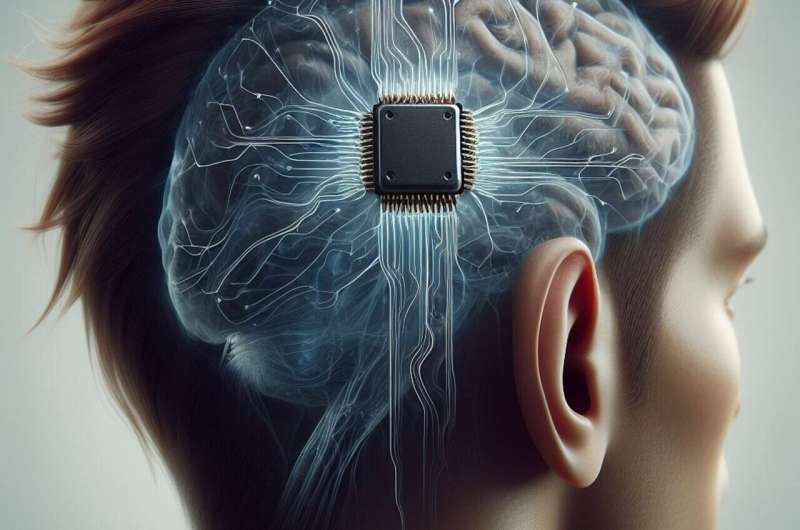Revolutionary Diamond-Based Sensor Could Transform Cancer Detection

A new diamond-based magnetic sensor developed by Warwick researchers offers a safe, highly sensitive method to detect metastatic cancer tissues using magnetic tracer fluids, promising improved surgery and diagnosis without radioactive tracers.
Researchers from the University of Warwick have developed an innovative, diamond-based magnetic field sensor that holds the potential to significantly improve cancer detection methods. This new device can identify magnetic tracer fluids injected into the body during or before breast cancer surgeries, enabling more precise localization of lymph nodes and metastatic tissues.
Traditional cancer metastasis detection primarily relies on radioactive tracers or blue dyes. Radioactive tracers, while effective, pose safety and handling challenges and are not available in all healthcare facilities. Blue dyes, on the other hand, can cause allergic reactions in some patients. The newly created diamond sensor offers a non-toxic, non-radioactive alternative that is highly sensitive, compact, and capable of functioning at long ranges.
The technology exploits the unique properties of diamonds containing nitrogen vacancy (NV) color centers, which enable the detection of very subtle magnetic fields. The sensor's small size—just 10 millimeters in diameter—makes it suitable for endoscopic and minimally invasive surgical applications. It detects the iron oxide nanoparticles in the magnetic tracer fluid, which travel to lymph nodes alongside cancer cells, thereby guiding surgeons to precisely remove affected lymphatic tissues and halt cancer spread.
This device's sensitivity is remarkable; it can detect as little as 1% of the typical clinical dose of magnetic tracer fluid. The straightforward design uses a tiny diamond and a small permanent magnet, eliminating the need for bulky electronics and facilitating easy handheld operation.
Gavin Morley, a professor at Warwick, explained, "Diamonds can sense magnetic fields thanks to NV centers, which allow detection of extremely small magnetic fluctuations. We hope to expand the applications of this sensor beyond medicine, including space exploration and fusion energy technology."
This advancement offers a safer, more accessible option for metastatic cancer detection, especially as magnetic tracers become more widespread. The ongoing research could reduce reliance on radioactive materials and blue dyes, minimizing patient risk and improving surgical accuracy. The technology also holds promise for diagnosing other cancers such as lung, liver, colorectal, and esophageal cancers.
The study detailing this breakthrough was published in Physical Review Applied, illustrating the significant potential of quantum sensors in medical diagnostics and surgical guidance.
Stay Updated with Mia's Feed
Get the latest health & wellness insights delivered straight to your inbox.
Related Articles
Addressing the Underdiagnosis of Alcohol Use Disorder During and After Pregnancy
Recent research reveals significant gaps in the treatment of alcohol use disorder during pregnancy and postpartum, highlighting urgent needs for improved care and support.
Safety-Net Hospitals Bear the Highest Costs from Gun-Related Injuries, Study Shows
A new study highlights how safety-net hospitals in the US bear the brunt of financial costs associated with gun injuries, with treatment costs reaching over $7.7 billion between 2016 and 2021, emphasizing the need for increased support and prevention efforts.
Proposed Framework to Shield Patients from Risks of High-Impact Brain Implants
A new proposal advocates for a no-fault compensation system to support patients harmed by high-risk brain implants, ensuring safety and justice as neural interface technologies advance.



